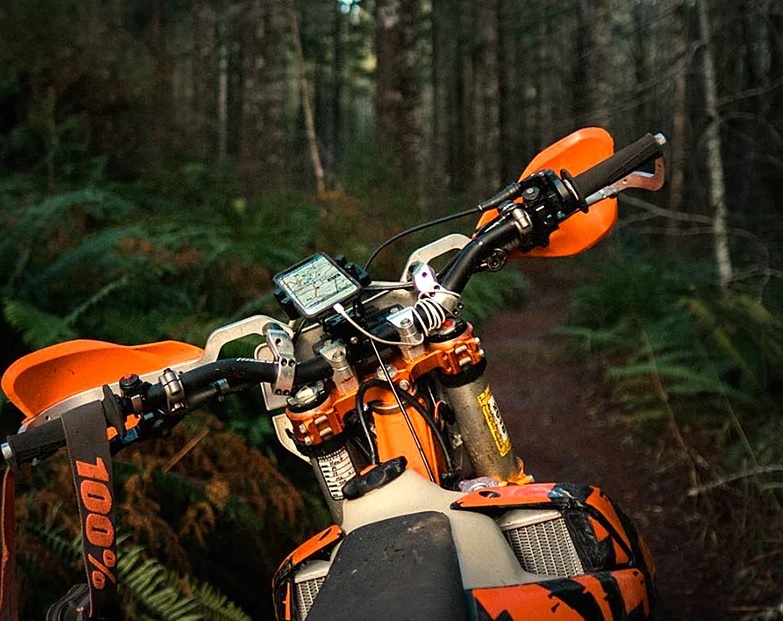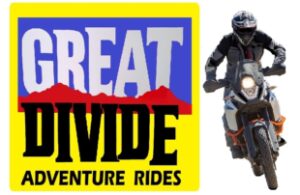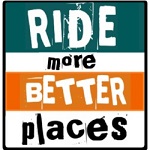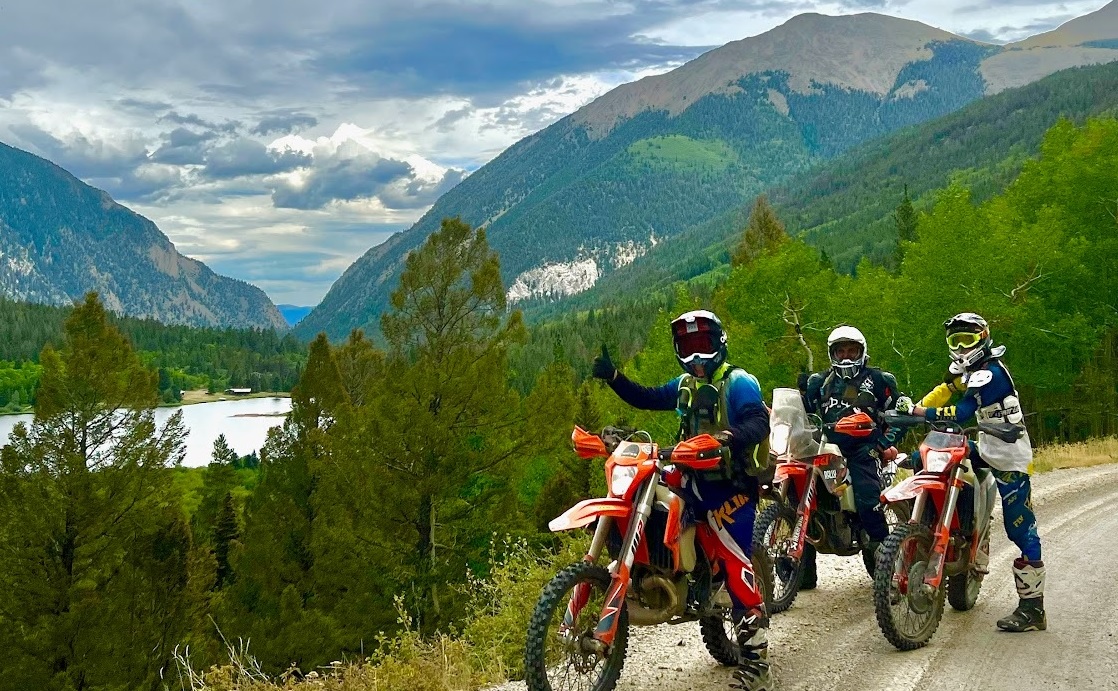
Ride with GPS
Some motorcycle riders pride themselves on their sense of direction and navigational skills.
- Others say the only way to find yourself is to get lost first.
- Aside from that romanticized view, optimizing travel time and the effort of getting from point A to B is generally beneficial.
During our years of traveling around the world, we’ve all used smartphones for navigation, and there may have been a few times where you’ve thought to yourself, “Damn, I wish I had a paper map.”
We all like the sensation of looking at a small atlas and drawing our route in red with a marker. But these days not many ‘fancy’ paper maps, because they are not efficient and there are better and easier options to choose from.
Depending on your circumstances, paper maps may work for you; they are certainly more affordable, and they have a “cool” factor that the electronic gadgetry does not.
What we’re saying is that nowadays, most of us find it unthinkable to ride somewhere we have never been before without a GPS unit or GPS Tracks.
A. How GPS is beneficial
Global Positioning System is a technology that has revolutionized the automotive industry in the past 20 years. It allows us to determine our position around the globe with incredible accuracy (close to 15 feet).
- All smartphones are equipped with GPS and by using a navigation app such as Google Maps, Ride with GPS, etc. we are able to find our way around the world effortlessly, even where connectivity may not be unavailable.
- Because of the incredible efficiency of mobile devices, GPS manufacturers such as Garmin, TomTom, Trail Tech, et all., are now instead focused on providing a product that offers something more than a smartphone could.
- Dedicated GPS devices now have bigger screens, solid mounts, and are completely weather-sealed. Some of these also allow messaging and emergency calls using the GPS network, when cellphone signal is out of range. An incredible upgrade from the bare navigation tool we used to have.
B. Different brands of GPS
There are many brands of GPS out there, but only a few are really good for motorcycle riding, especially if you want to get off the beaten path.
- For instance, Garmin offers a wide arrange of devices, specifically designed for motorcyclists seeking extreme adventures.
- The limitations of certain brands are sometimes related to the accuracy of their maps.
- Some of the most famous brands though manage to sell just fine. Brands like TomTom are definitely more oriented to urban riding, while Trail Tech is better for off-road use.
- The downside of using a GPS device compared to a smartphone is the fact that on GPS units, the land maps, which change regularly, often must be updated manually. Or you need a computer to download your routes.
- Smartphone connectivity makes this process quite seamless.
- The only downside of using a smartphone compared to a dedicated GPS is that the continuous “on screen” mode, will drain a mobile battery.
- You will need a plug. A simple cigarette lighter wired direct from the battery with a cigarette lighter USB plug is an easy fix for power.
- GPS works on an old phone even without a contract. Just use Wi-Fi and email to download tracks.
C. Where to mount a GPS unit on a motorcycle
A GPS unit should not interfere with your riding.
- Many people mount it on the handlebar on the left.
- If you look at rally raid bikes, the “tower” has the roadbook at the very end of it, so the racers can see their screen while standing on the pegs.
- Position your GPS so you can ride heads-up.
- We like to mount ours in the center of the handlebar, where it is more protected, and that way you’re not always looking to the left.
D. Optimizing getting from point A to B.
The key is being seamless, flowing with the route.
- To do so, it’s better to rely on technology that allows you to minimize navigational mistakes.
- Using paper maps can cause problems in terms of assessing what to do and stopping to look at a map just doesn’t cut it on a fast-paced trailrides or Adventures.
- Plus, how many people do you know that able to fold a map back to its original shape and form?
- Nowadays modern GPS will even allow us to find more suitable or adventurous “detours”, in a matter of seconds.
- It’s quite relaxing to have the GPS doing all the hard work while I have to simply enjoy the view and ride.
Another great way of GPS being helpful is to use it as “co-driver” to tell you what’s ahead, like a roadbook.
- For motorcycles, entry speed to corners is very important.
- Having a visual clue of what’s ahead of the turn’s layout can give a good indication on what speed or line you should use for the upcoming stretch of road or trail.
E. Safety Tips for Phone compatible GPS
Combining GPS with a Bluetooth speaker/communication set installed in your helmet makes for much easier, safer navigation.
- Being alerted verbally of an upcoming turn is awesome.
- What do you think?
- Do you still carry paper maps?




